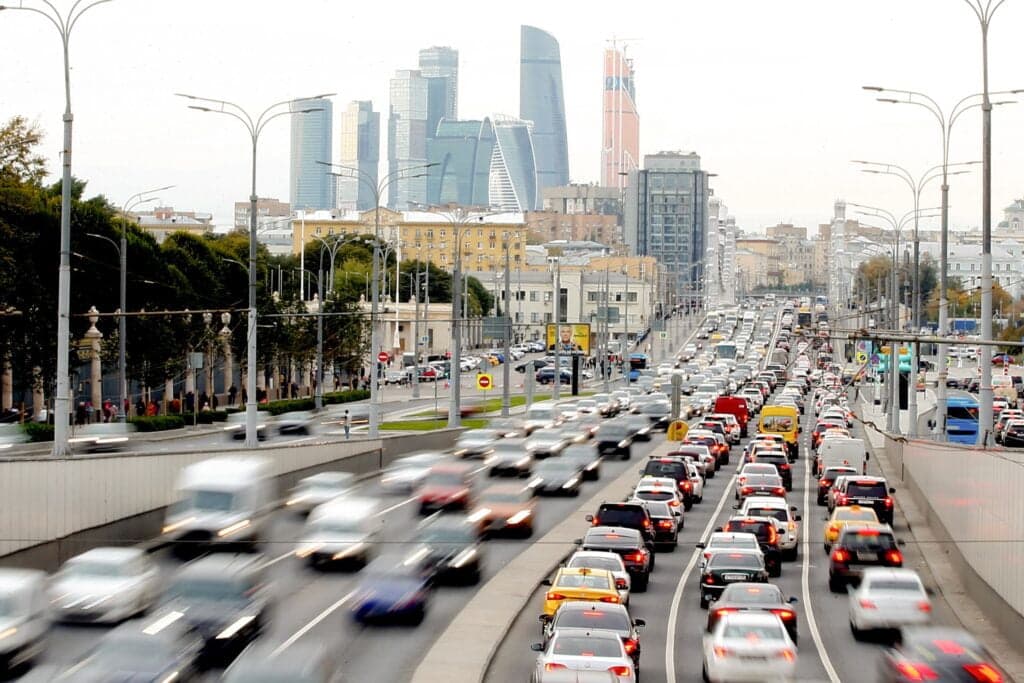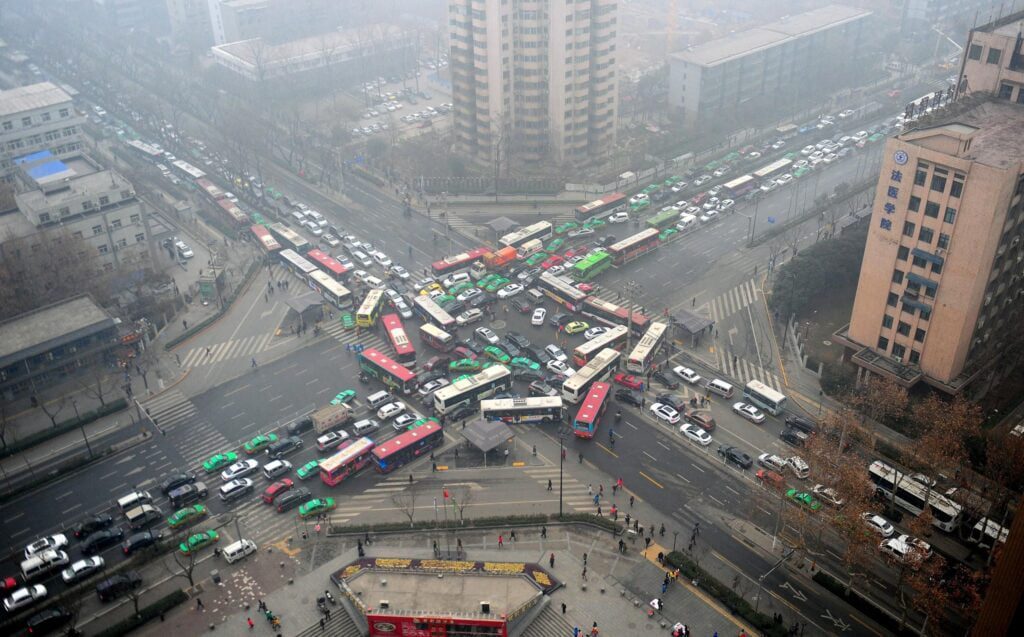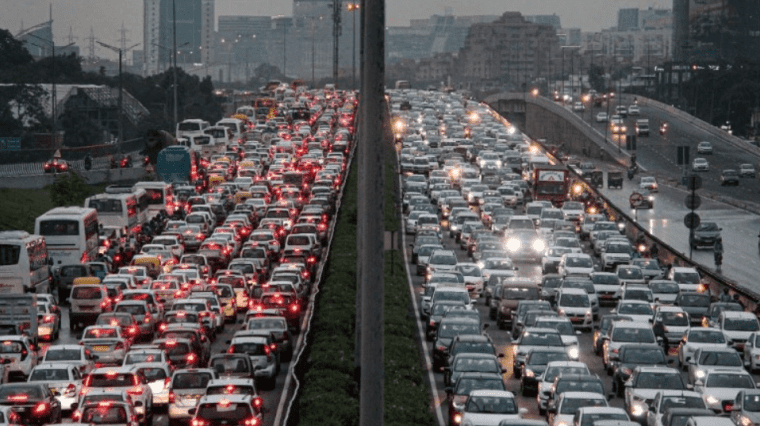A new report by experts at the University of California says in no uncertain terms that in the near future cities would have to become totally car-free to be livable.
According to the study, a radical change in collective behavior is needed to drastically reduce the number of private cars and survive in cities.
It is a prohibitive challenge: globally, the number of cars produced is growing faster than the population. In 2019, 80 million cars were produced, while the population increased by 78 million.
Car-free cities - here's how they can survive
Researchers say future urban planning must focus on reducing dependence on cars. How? Promoting shorter journeys and encouraging walking and cycling as the main modes of local transport.
Public transport should be encouraged for longer journeys and cars should only be used for emergencies or special occasions.
The math is not an opinion

For the document, published in Open Science, researchers created a mathematical model of car use in a city. In this model, “residents” followed different scenarios of using private cars or public transport. The estimated cost? Time: traffic and travel time is the fundamental factor.
The lead author, Dr Rafael Prieto Curiel (UCL Center for Advanced Spatial Analysis) commented: "The city of the future, with millions of people, cannot be built around cars and their expensive infrastructure. In a few decades we will have cities with 40 or 50 million inhabitants, and if they become parking lots or 40 or 50 million cars, they will not be able to survive.

The idea that we need cars comes from a very polluting industry and very expensive marketing.
Rafael Prieto Curiel (UCL Center for Advanced Spatial Analysis)
The portrait of a nightmare
Using the mathematical model, the researchers tested the extreme scenario: a city with 50 million inhabitants and 50 million cars, where all residents use cars every day to try to minimize travel times.
The consequences were catastrophic: the city had the highest levels of congestion and a literal “hunger” for infrastructure such as boulevards, bridges and parking lots to accommodate so many cars.
In the scenario where everyone tries to reduce travel times by driving, you get the highest cost of all in terms of time. An easily understood paradox.
Stratagems to survive: turns to use private cars

Improving public transport infrastructure would improve base costs (time) as more residents would choose this over driving. The model showed that even without improving the infrastructure, underlying costs could be reduced by reducing the number of people allowed to drive.
A bit like what is done today with the "alternate number plate" mechanism, if a group of people were allowed to drive one week and would have to use other means of transport the next, the average commuting time would be reduced by up to 25%.
The scenery? A non-selfish modal sharing in which the number of cars on the street is reduced. Immediately less congested city, and commuters who can survive.
Other countermeasures
Reducing car use in cities depends mainly on providing citizens with more travel options, as well as local shops and services. Anything goes: informing residents of the local costs of car use to help them make informed choices. Imposing "traffic taxes", even higher tolls for parking and entry into various areas of the city.
The report obviously did not take into account possible technological changes. Systems of underground tunnels, travel with taxi drones, new generation magnetic transport (hyperloops) to autonomous shuttles they are not part of the study, even if they could affect them in some way.
All to discourage the use of the car, and not just the use!
Global car production, including electric cars, contributes 4% of total CO2 emissions. Other associated costs include the use of gasoline and electricity, necessary materials and infrastructure, and congestion generated by high volumes of automobiles.
Cities that have already run for cover to survive
Some cities have implemented some of the aforementioned interventions to survive the future. London, despite being an example of a city where public transport is widely used, has implemented "congestion charging" and low-emission zones.
Mexico CityInstead, it banned some vehicles based on license plates, but it was a flop. To get around the restrictions, many families have bought old (even more polluting) cars with license plates that allow them to always walk around the restrictions.

The conclusions
The mathematical model can be applied to any city. It is particularly useful when applied to cities where over 90% of travel is by car (several American cities correspond to this identikit).
Experts conclude from the model that encouraging people to use alternative modes of transport is key to making cars less attractive. Making public transport faster, more reliable, safer and more comfortable is also essential.
The author of the report, Dr. Humberto González Ramírez (Université Gustave Eiffel), said: “a large part of the areas in cities are dedicated to cars. If our goal is to make cities survive and sustainable, we need to take some of these areas and allocate them to alternative means of transportation: walking, cycling and public transport."
Promoting sustainable transport is the goal of many cities, one of the United Nations Sustainable Development Goals.


